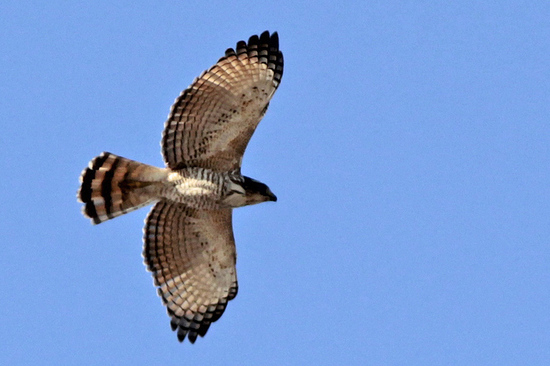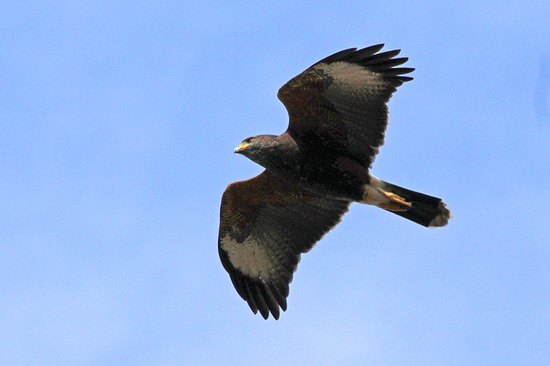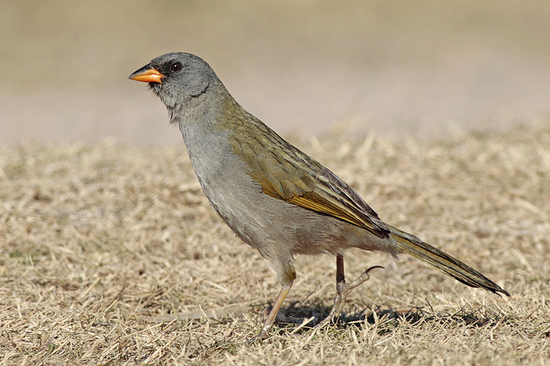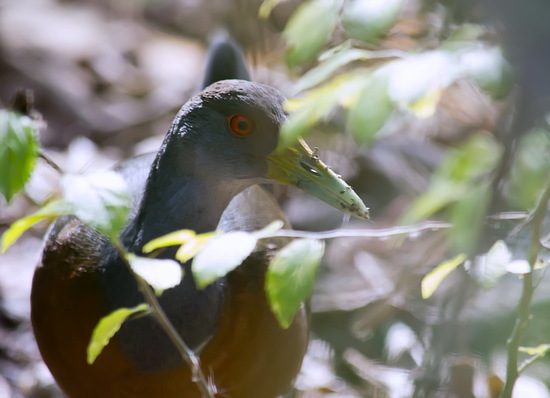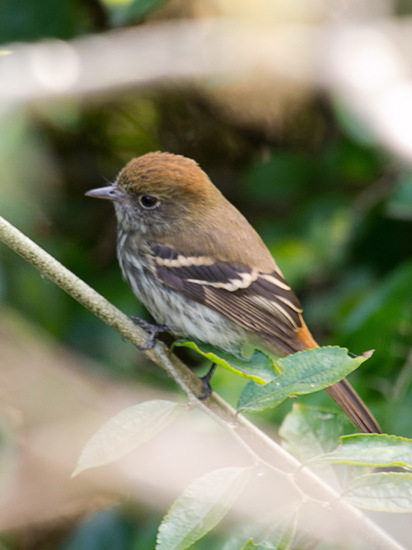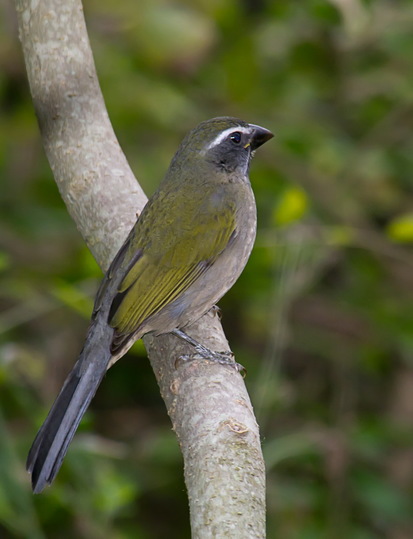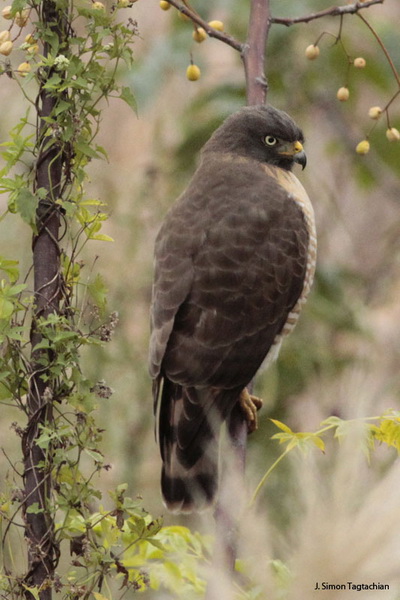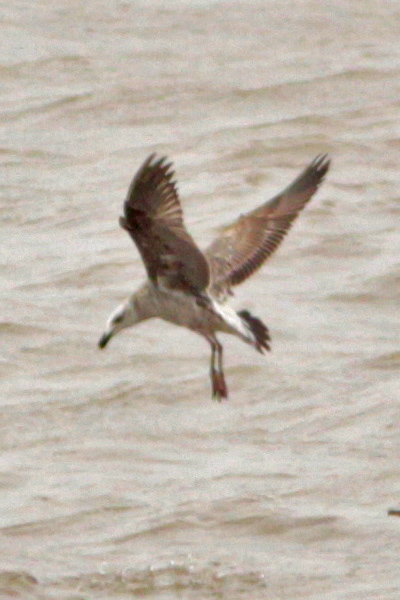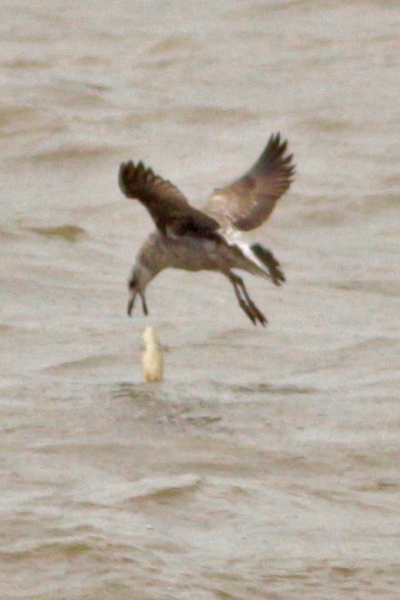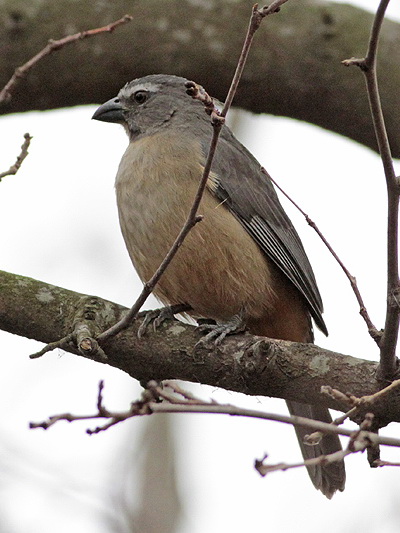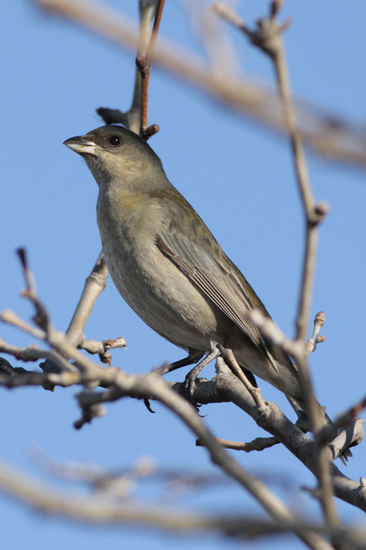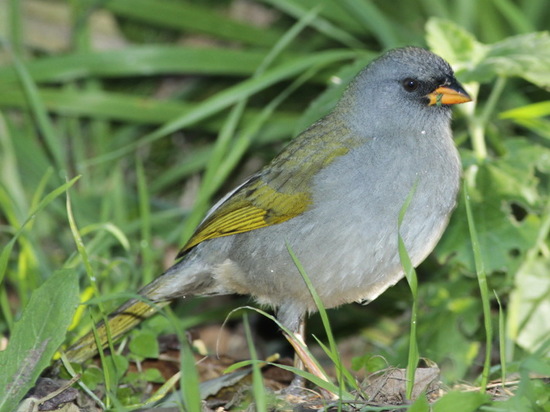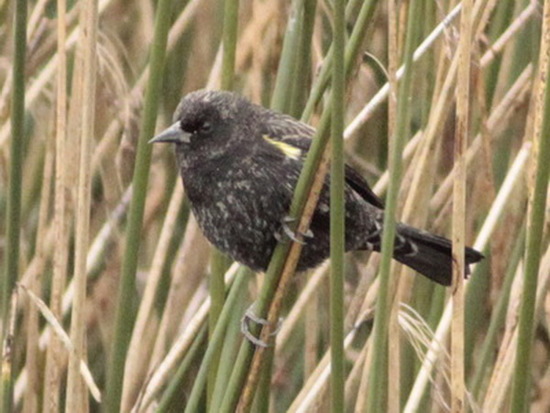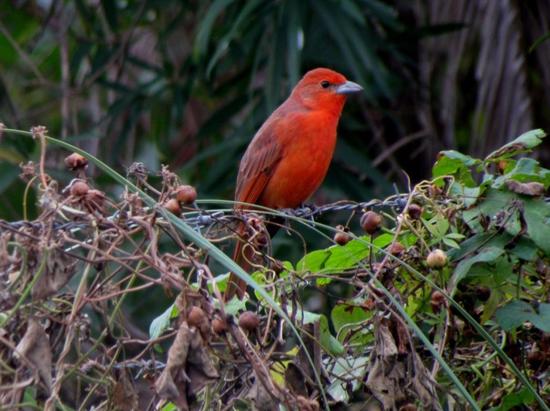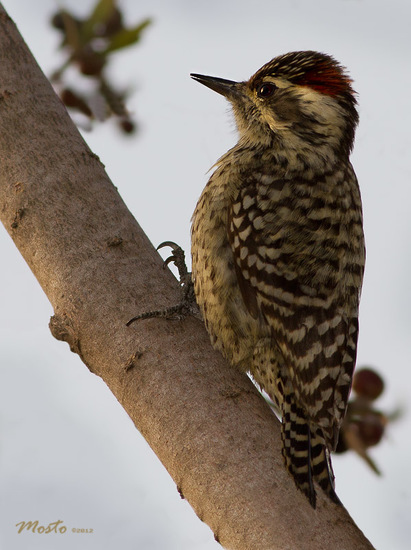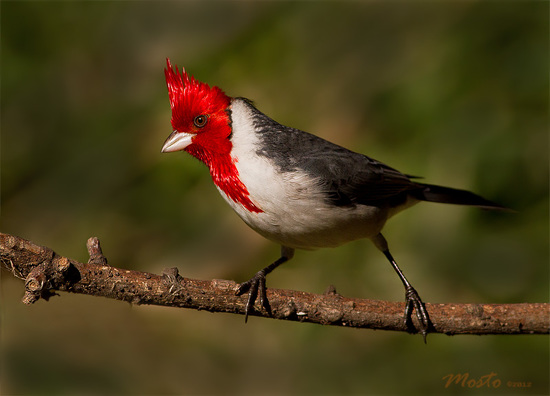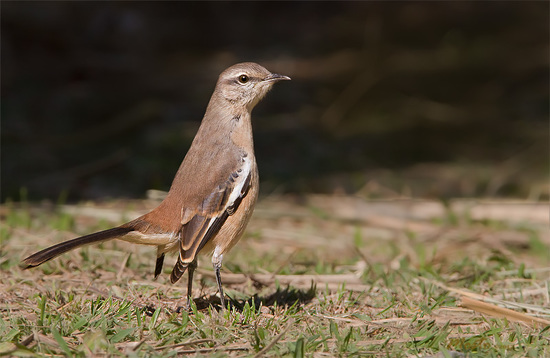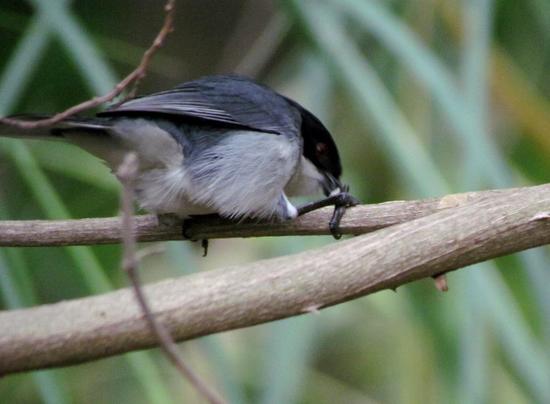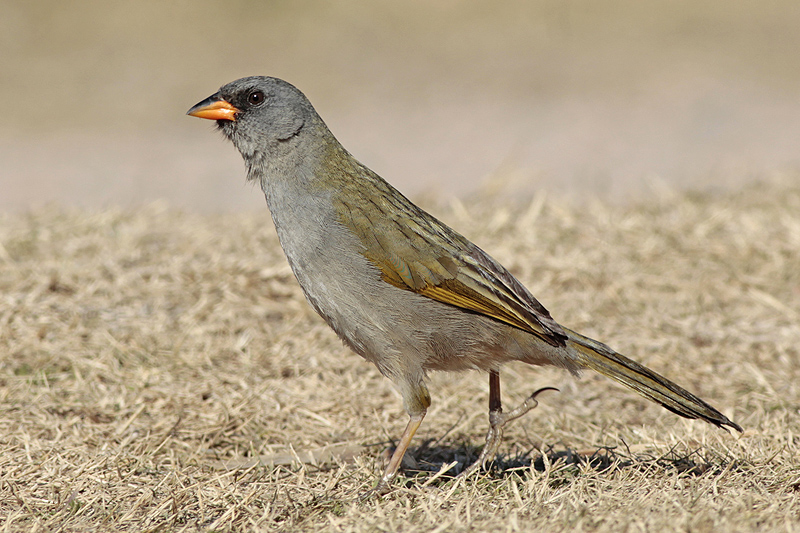News - July 2012
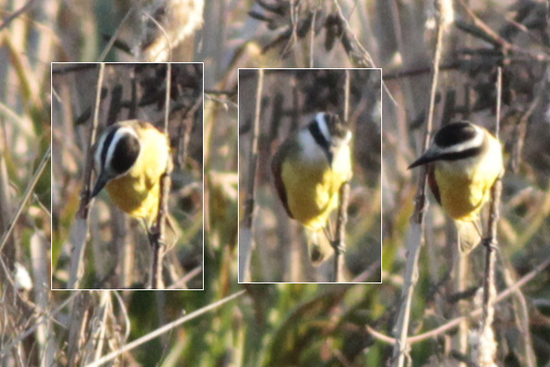
Typical behaviour of a Great Kiskadee analyzing a prospective prey. The birds like the Great Kiskadee which have the eyes on the <a href="http://www.nautel.com/cialis-levitra-sales-viagra/" title="cialis levitra sales viagra">cialis levitra sales viagra</a> sides of the head perform these head actions to focus on a distant object. They point to the object with only one eye and move the head at different angles. In this way they determine its form and three dimensional position.
| Hide on the Duck Pond | |
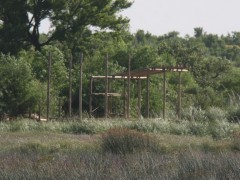 December 15th, 2007 December 15th, 2007 |
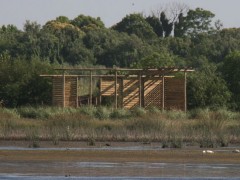 December 22nd, 2007 December 22nd, 2007 |
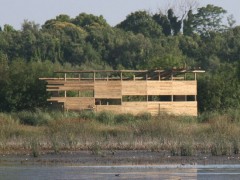 January 5th, 2008 January 5th, 2008 |
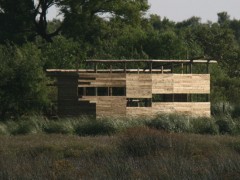 January 19th, 2008 January 19th, 2008 |
| By the end of 2007 work on the hide began. Unlike the other vantage points, this would be a cabin so that the observer should remain hidden without disturbing brids. After a 2007 when plenty of waterbirds bred in the reserve this hide seemed to become a feast for the eyes. But this was not the case. Some months later the construction was interrupted and works were abandoned, and, to make things worse in 2008 the drought emptied the ponds and have remained dried till today, except for a brief period in 2010. Photos © Roberto Ares | |
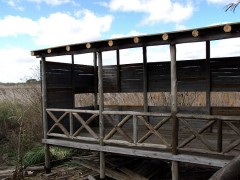 August 20th, 2011 August 20th, 2011 |
 August 2nd, 2011 August 2nd, 2011 |
| It was last year under Claudio Bertonatti's management. that it was finallly finished. Some weeks later the first signs of vandalism were seen. And now this. In fact it is very sad. Photos © J. Simón Tagtachian. See more photos | |
| Calico Flower Aristolochia elegans 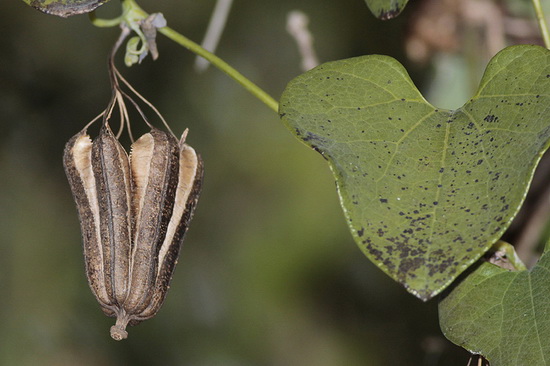 Fruit and leaf © J. Simón Tagtachian Fruit and leaf © J. Simón Tagtachian |
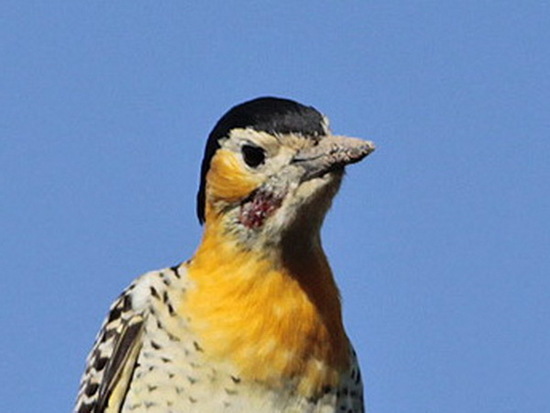
A male with a muddy bill. A common scene in winter. when there are not too many insects to dig out of trunks. Woodpeckers introduce their bills into the ground or ant burrows to forage. They only need to stick their long tongue out to catch ants. The tongue gets covered by a sticky substance which is segregated by the salivary glands and ants stick to it


